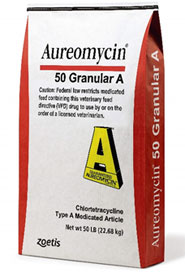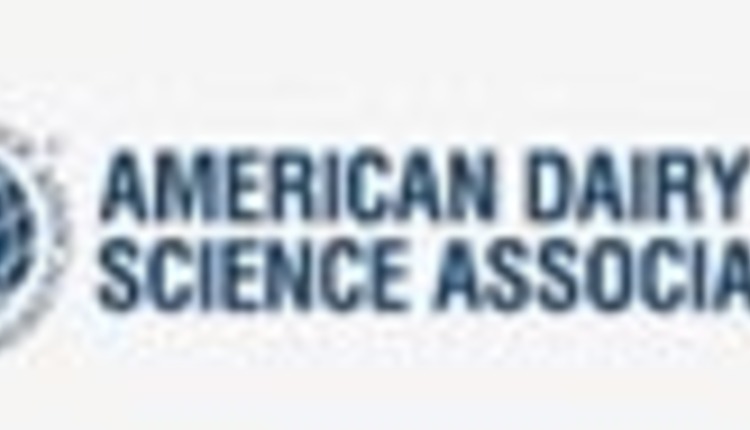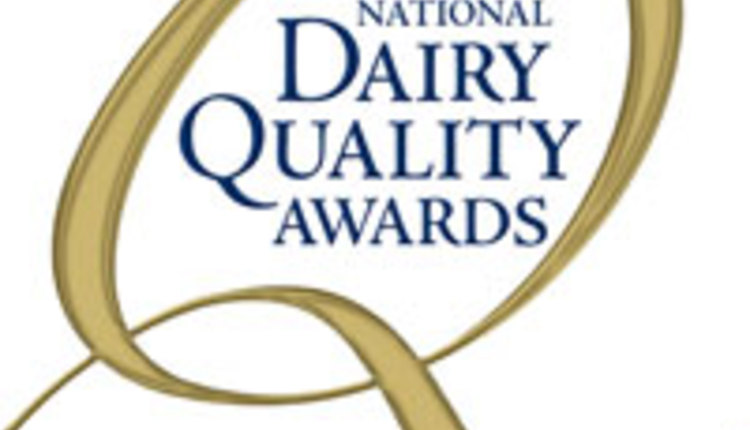
Dairy producers can now add Aureomycin® from Zoetis to replacement heifer feed for control of bacterial pneumonia. This expanded label provides another option against costly pneumonia for veterinarians and dairy producers.
This label update recently approved by the U.S. Food and Drug Administration allows for this feed additive to be fed to dairy replacement heifers at a rate of 350 milligrams per head per day with a veterinary feed directive (VFD) from a licensed veterinarian.

“Aureomycin has been a flexible and reliable control for bacterial pneumonia [caused by Pasteurella spp. susceptible to chlortetracycline] for many years,” said Aubrey Schroeder, PhD, associate director, regulatory affairs at Zoetis. “Veterinarians and dairy producers can now use Aureomycin for this added indication in dairy replacement heifers and take advantage of a zero-day withdrawal period to help keep heifers healthy.”
Respiratory disease is one of the leading health concerns impacting dairy operations. It can reduce average daily gain of calves and heifers, which can lead to reproductive challenges, later calving ages that significantly impact profitability and decrease future milk production.1
“A VFD is required to feed rations with Aureomycin, but with a valid veterinarian-client-patient relationship, this process is simple and worth that added benefit to your herd,” Dr. Schroeder said. “This update for Aureomycin has already been added to electronic VFD forms.”
Dairy producers are encouraged to contact their veterinarian for more information about Aureomycin. You also can learn more about the product here.
Do not use Aureomycin in calves to be processed for veal.
Caution: Federal law restricts medicated feed containing this veterinary feed directive (VFD) drug to use by or on the order of a licensed veterinarian.
About Zoetis
Zoetis is the leading animal health company, dedicated to supporting its customers and their businesses. Building on more than 65 years of experience in animal health, Zoetis discovers, develops, manufactures and commercializes medicines, vaccines and diagnostic products, which are complemented by biodevices, genetic tests and a range of services. Zoetis serves veterinarians, livestock producers and people who raise and care for farm and companion animals with sales of its products in more than 100 countries. In 2018, the company generated annual revenue of $5.8 billion with approximately 10,000 employees. For more information, visit https://www.zoetisus.com.
1 Van der Fels-Klerx HJ, Martin SW, Nielen M, Huirne RBM. Effects on productivity and risk factors of bovine respiratory disease in dairy heifers; a review for the Netherlands. Neth J Agri Sci. 2002;50(1):27-45.

